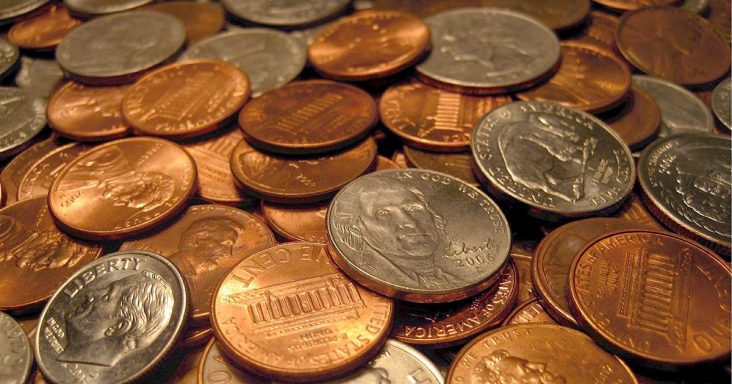Sales tax down in Northwest Arkansas in October report
by October 22, 2020 7:13 pm 1,272 views

Consumer spending stalled in August sending sales tax revenue reported in October 2.15% lower among the four largest cities in Northwest Arkansas. Bentonville, Fayetteville, Rogers and Springdale had cumulative sales tax revenue of $6.771 million.
The 2.15% dip from a year ago is also much lower than the 14.95% revenue surge reported last month. The report reflects 1% of the local tax each city collects to enhance its operating budget. The October report reflects sales and services rendered in August.
The bulk of the decline in this month’s report occurred in Bentonville as the city saw a 17.23% decline from the year-ago period. Revenue reported in October totaled $1.433 million which was down sharply from the 44.67% gains reported last month.
Bentonville has a somewhat limited retail exposure compared to neighboring Rogers but it’s the fastest-growing city among the four with a population of 55,539 as of August, the city has an annual growth rate of 4.15%. With many consumers working from home since mid-March there has been less restaurant traffic around Bentonville, but the city also benefits from collecting taxes for online sales. Through the October report, the city’s total revenue is $13.52 million, up about 3.6% from the same period last year.
Rogers saw a 4.38% dip in sales tax revenue compared with the year-ago period. Rogers’ sales tax revenue totaled $1.686 million, compared to $1.753 million in October 2019. The city is one of two large retail centers in the region, but mall traffic and more store closures continue to hurt the city. Gordman’s doors closed two months ago and Stein Mart and Pier One are in the final days of operation amid ongoing bankruptcies. Justice, the young girl’s specialty store operated by Ascena, is also dark and empty at Pinnacle Hills Promenade amid another bankruptcy. Carrabba’s Italian Grill closed in Pinnacle Hills a few months ago.
The nearby Saltgrass Steakhouse has finally opened for business in recent days after sitting dormant since May. The city still plans to break ground on a new Culver’s burger eatery by the end of the year. The new construction was delayed because of the pandemic.
Through October’s report, Rogers’ sales tax revenue totals $16.991 million, up just 1.3% year-to-date. City officials budgeted for $19.9 million in annual revenue. The city will need to average $1.45 million in the remaining two months to hit that budgeted goal. City officials expect to reach the goal saying it was a conservative 1.5% increase over last year.
Springdale and Fayetteville each saw higher sales tax revenue in the October report. Springdale’s revenue totaled $1.482 million, a gain of 4.45% from a year ago. Springdale is coming off back-to-back strong gains July and September of 16.51% and 16.14%, respectively.
Mayor Doug Sprouse has said the growth in sales tax revenue is directly related to more online purchases by consumers who live in the city. He said the budget is sound and revenue totals $14.151 million through October, an increase of 8.6% from the same period last year.
Fayetteville has the best gains in the October report with revenue of $2.015 million, which is up 8.11% from a year ago. Fayetteville also benefits from having the largest population among the four cities at 90,750, which includes students at the University of Arkansas. Fayetteville has received sales tax revenue of $19.435 million through October, up 3.65% compared with $18.735 million in the same period last year. City officials were hoping for better than 4% growth this year, but that budget was set prior to the outbreak of COVID-19 earlier this year.
Mervin Jebaraj, director of the Center for Business & Economic Research at the University of Arkansas, the overall decline in sales tax across the region was likely related to reduced consumer spending in August as the federal stimulus for the unemployed ran out. He said many consumers managed to save some of their income through the summer but that has likely dissipated with back-to-school spending and reduced wages.
“While the state’s unemployment has improved, it’s clear workers are still not making the same wages as they were before the pandemic. Many are working reduced hours at lower rates of pay. I do not think there will be any meaningful gains in spending without another stimulus to help businesses stay open and support those who either under- or unemployed,” Jebaraj said.
